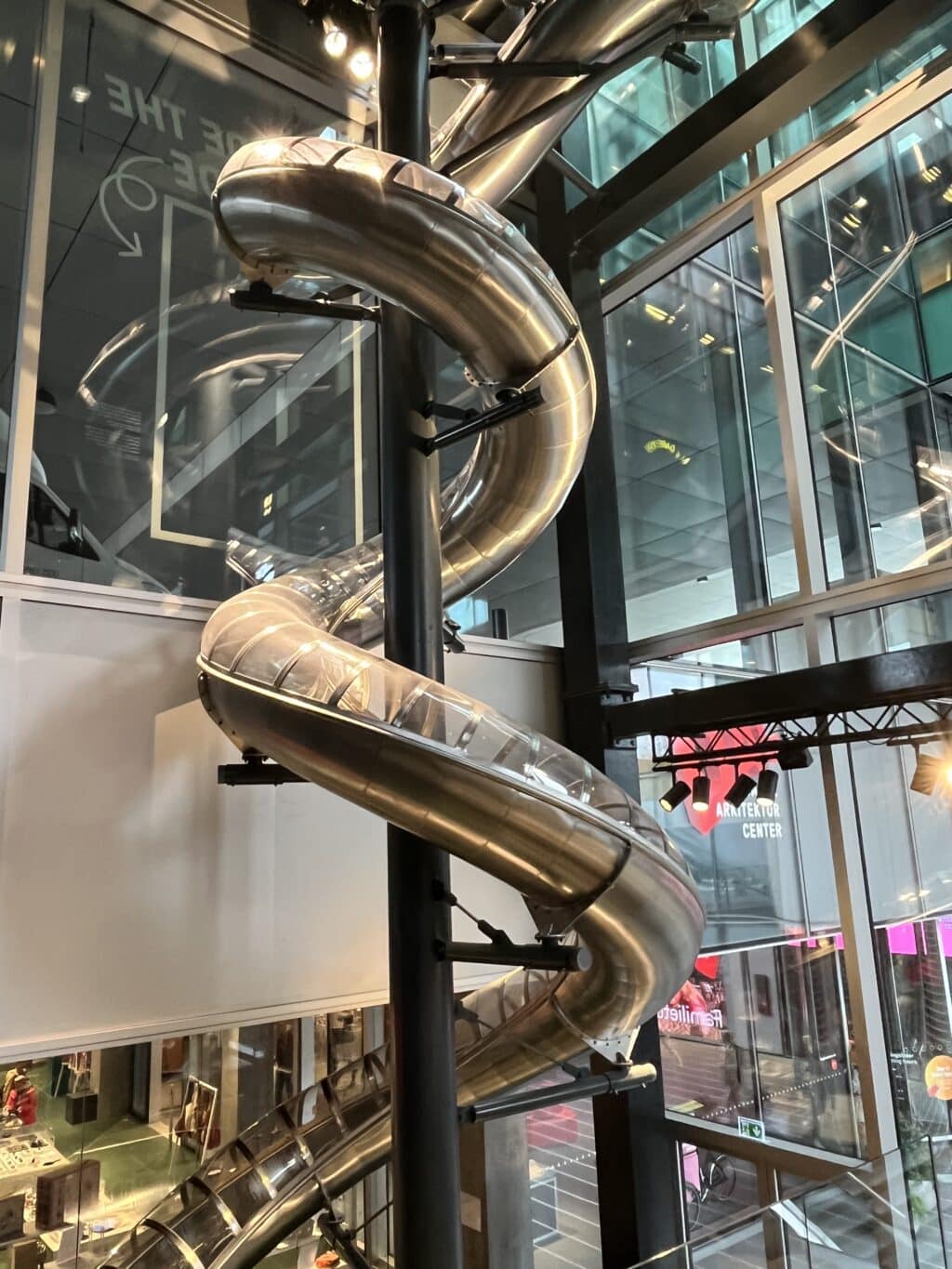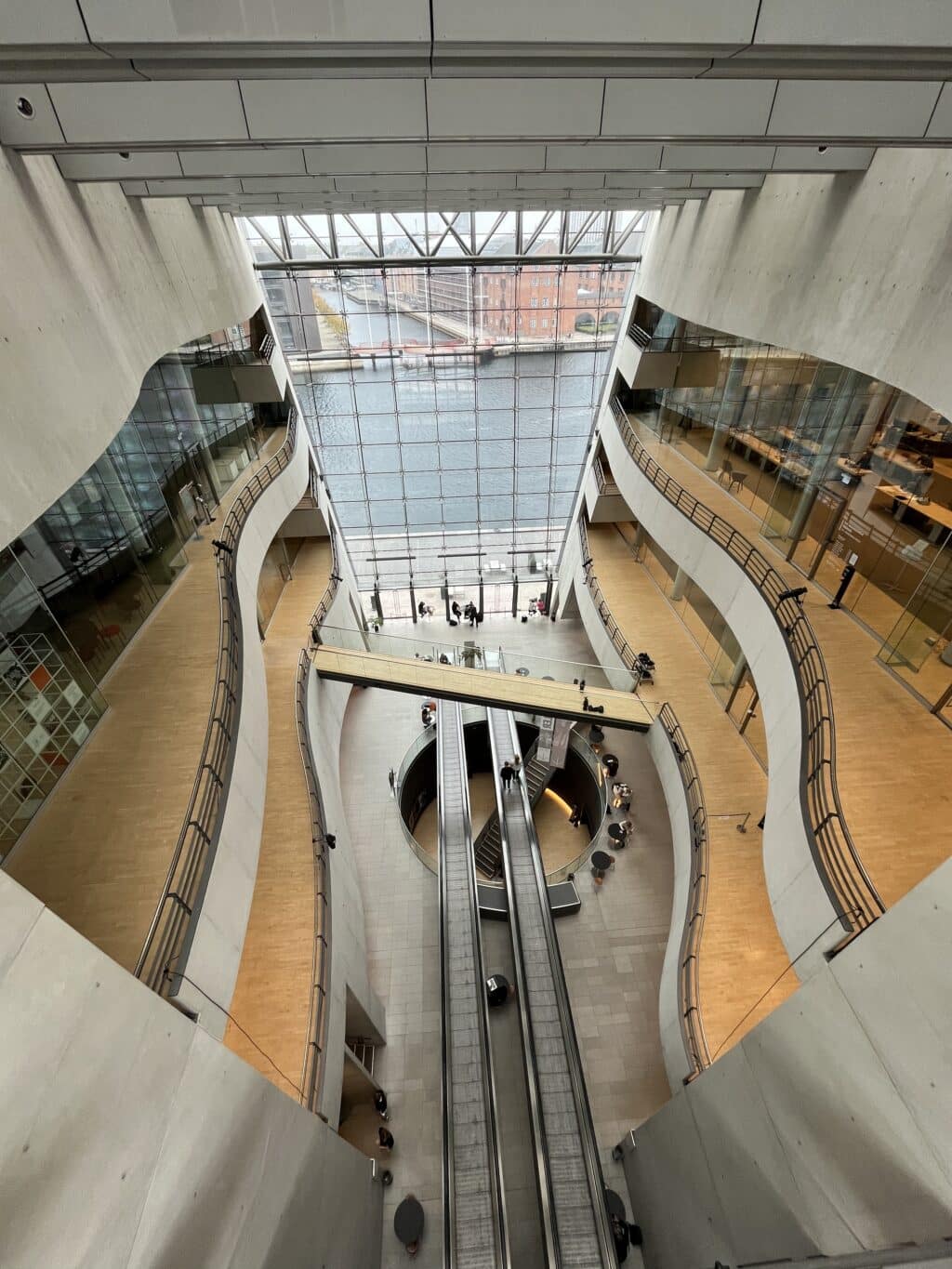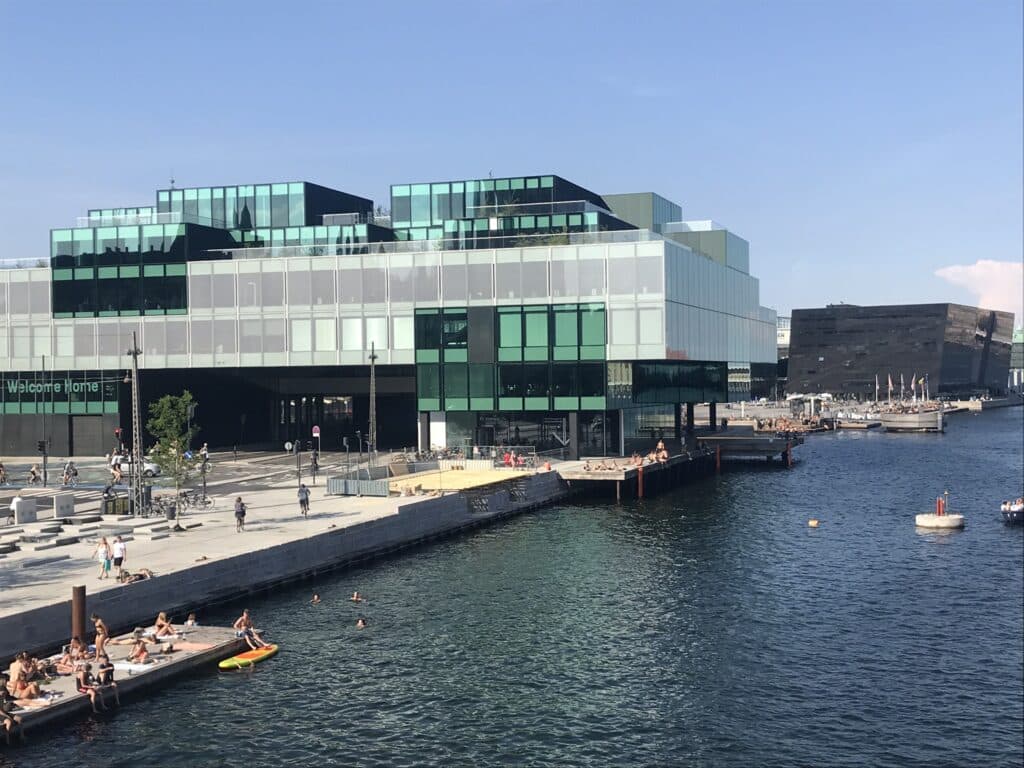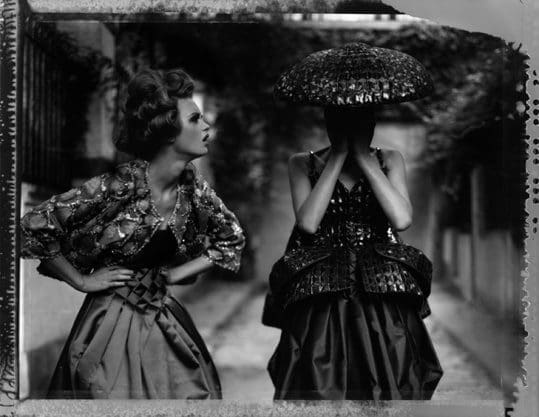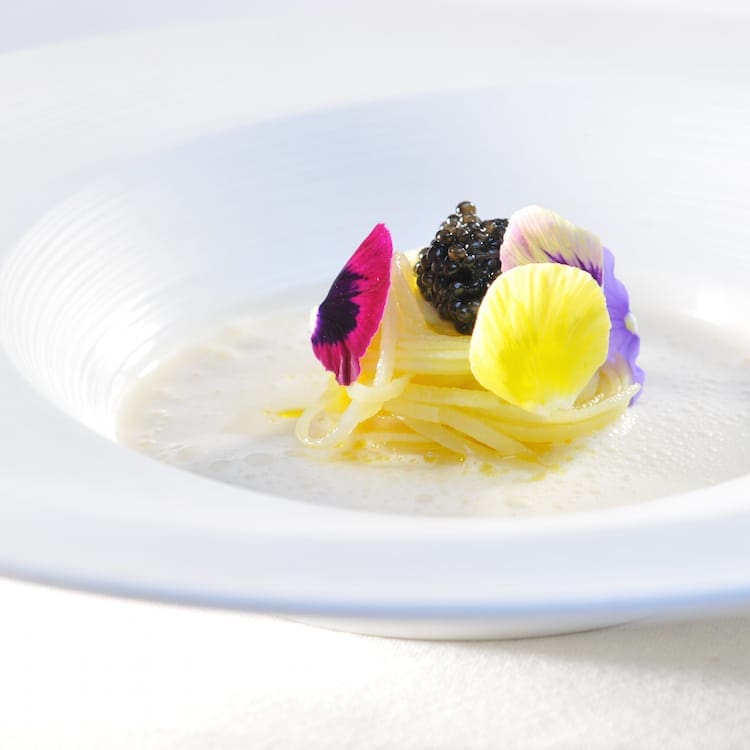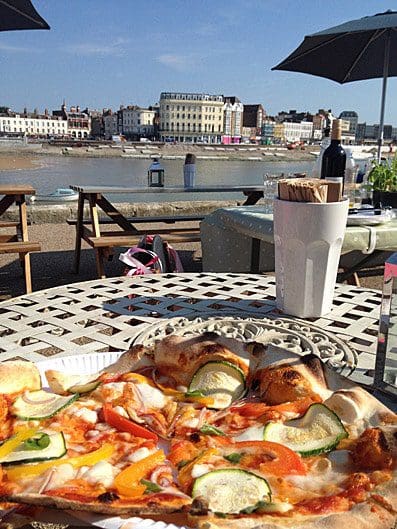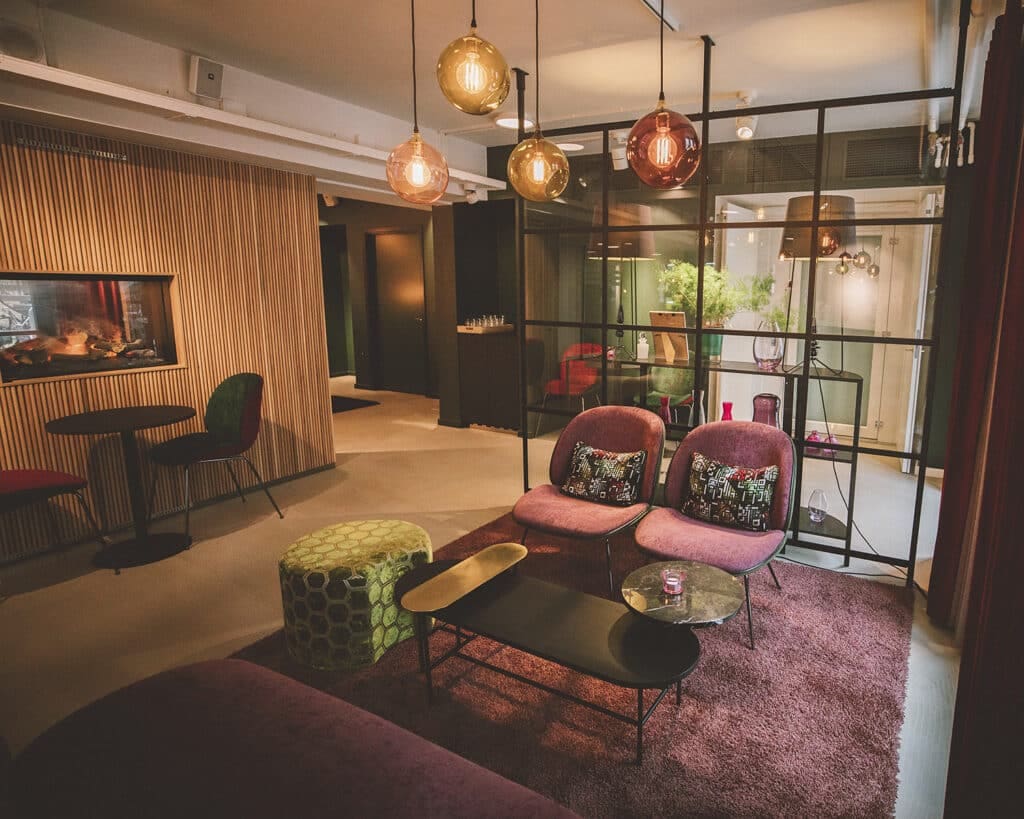
From the moment you arrive, there’s something about Copenhagen that makes you feel at ease.
It’s something subtle about the urban environment. Design is everywhere here, but it’s not look-at-me attention seeking: it’s simple, practical, and beautiful. Even the airport flooring is dark wood, the kind of thing you might find in a Span House living room. Glance in a Copenhagen’s estate agent window and you’ll notice flats for sale or rent share a refined aesthetic: white walls, a Marie Kondo approach to clutter, and punctuated by design classics.
Words: Abi Blasi
This year marks Copenhagen’s first Capital of Architecture, a title it will hold through 2025, with various events and openings – an excellent chance to see why this is considered one of Europe’s crucibles of great design. The best place to start a deep, deep dive into the wonders of Danish design at the recently reopened National Design Museum, a must for anyone interested in the twists and turns that have shaped design’s development. Housed in the former Frederiks Hospital, in Copenhagen’s central, high-rolling Bredgade neighbourhood, the Museum’s tasteful makeover is worthy of its subject. It’s only a few streets away from the chalky colourful townhouses of Nyhavn, the city’s prettiest and most historic port (no wonder Hans Christian Andersen lived here).
The Rococco hospital was first converted into a museum by designer Kaare Klint in the 1920s. His vision shaped the museum so that the rooms flowed into each other on the ground floor, with a courtyard at the centre. The redesign of the museum’s shop and cafe, by OEO Studio, built on Klint’s legacy, using his classic glass case designs and reintroducing his Le Klint ‘101’ pendant lamp.
Following the redesign, the first significant change to the museum in a century, there are now eight exhibitions, each designed by different local design practices. Most up to date is ‘The Future is Present’, a futuristic sustainable collection put together by designers Spacon & X, encompassing electric vehicles and chairs made out of paper.
For me the highlight is ‘Wonder’, which displays the museum’s most precious collections, including a room full of tsubas, decorative discs for the handles of samurai swords. The glass cases and drawerfuls of these have the presence of sacred objects. Another memorable display has a 17 metre-long glass case, containing the Danish dining table set out through the ages, from the baroque to the present. Anyone with the vaguest interest in design will be entranced by this furniture-filled odyssey, showcasing icons of modernism like Arne Jacobsen, Nanna Ditzel, Verner Panton, Finn Juhl and more.
But to really explore Copenhagen’s creative design, you’ve got to go beyond the galleries. Head to Vesterbro, the closest Copenhagen gets to Dalston, centred around its former meat market, now full of independent restaurants and bars. Vesterbro still gleams with the vestiges of its former status as the red light district, retaining its edgy sense of sleaze. Even so, the district is now well established as one of Copenhagen’s hippest and most convenient, with the odd sex shop incongruous on its broad tree-lined streets.
If you’re staying in Vesterbro, the Andersen Hotel blends 19th-century grandeur with postmodern avant-garde splashes of hot pink, purple and turquoise. Each of the hotel’s 69 rooms and suites are decorated individually with furnishing from Designers Guild, letting you pick the style to suit your trip’s mood. There’s the feel of a private member’s club here, delivered with traditional Old World comforts: a free glass of wine in the evening bar, a generous breakfast spread, and some traditional bikes-with-baskets for hire by the day (skip your room being made up and get the bike half price, in a double boon for the environment) Given that almost all of Vesterbro cycles – Copenhagen is famously ideal for cycling, with broad cycle lanes, light traffic, and no hills – hop on a bike and you can cycle from Andersen Hotel to the Design Museum in 15 minutes.
As for the rest of Copenhagen’s design – from the Black Diamond library to the Tivoli Pleasure Garden, and from the glass-domed Ny Carlsberg Glyptotek museum to the city’s whimsical cycling bridges – it’s best discovered, like all of the city, on two wheels. Maybe that’s why Copenhagen feels so at ease.
Book your room at the Andersen Hotel from £195 per night


